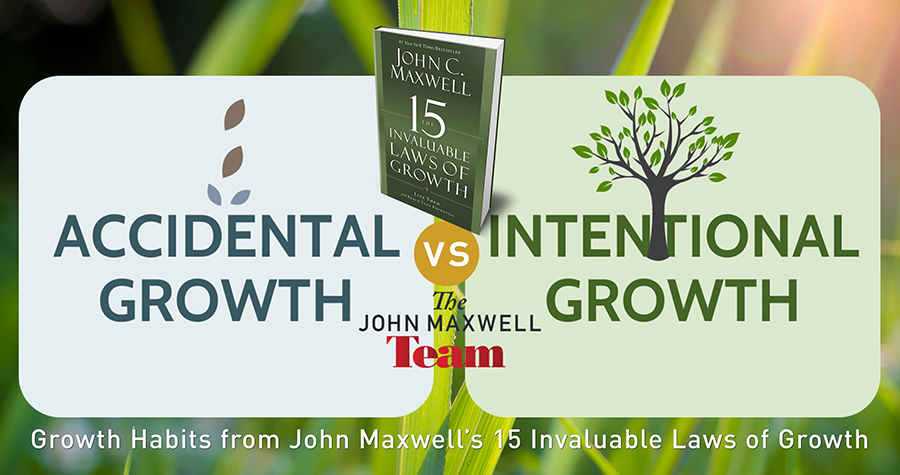In our most recent blogs, we looked at two different real-world customer service scenarios. In one story, both an employee and a manager fumbled a simple service opportunity that nearly cost them a long-time customer. In the next story, one employee chose to step up and be a leader, rescuing the sale and reconnecting the customer with their company.
Is this just a tale of two different people and how they view their role in their respective businesses? On the surface, it may look that way. However, each of these scenarios reflect a deeper truth about the organizations they represent, and the way each encourages – or not – their people to step up and lead.
What factors led to these employee choices, and which steps can we take to create and foster environments where employees choose to lead, no matter where they are in the organization?
Hire people connected with the vision
If we want our people to be leaders – to really ‘own’ their job – that process begins with who and how we hire. When we focus only on the “skills” or the “position” in how we interview and onboard our team members, we miss out on the opportunity to hire people who believe in our mission and vision.
When we consider our company culture and vision when hiring, the questions we ask and the processes we follow will help us find people who are motivated by more than the benefits package. And, when we make it clear through the hiring process that we are looking for vision-connected people, many job seekers who may not support our vision will self-select out of the process.
Hiring people who connect with the vision also demonstrates value for the person we are hiring, rather than only the skills they bring to the organization. While their skills are important to our success, the person will play a greater role in that success long-term. This approach also establishes mutual respect, which is the basis for both trust and motivation for that person to lead from where they are, rather than waiting for someone else to “do something” or “take up the slack.”
Develop people personally, not just professionally
We want to be confident our people will make good choices when given opportunities. Too many times, though, we focus only or mainly on skills training. While continuing education and skills training is a vital component of building and maintaining a strong, competitive and capable team, our people need more than confidence in their skill set if we expect them to lead.
When we choose to develop the people, as well as their skills, we achieve a balanced approach to leadership that helps us develop other leaders. When we model the importance of personal development by choosing it ourselves and offering it to our team, they understand our commitment and expectation for them. This balanced approach to developing both people and their skills creates a culture that incubates leadership at every level of the organization.
Encourage open dialogue
To understand how our people make decisions, we need to understand how they think as well as why they think that way. While there are all sorts of tests you can administrate and protocols you can employ, one of the proven best ways to learn how people think is to encourage open dialogue.
When we talk with our people and, even more importantly, listen to them one-on-one and in a group setting, we set precedents and make connections that lead to trust. When our team members feel comfortable sharing their perspectives with us – especially when they’re not totally aligned with us – good things will grow out of that connection.
Model connective customer service
Take care of your employees, and they will take care of your customers. This approach to leadership in business is espoused by Sir Richard Branson, billionaire philanthropist and founder of Virgin Group, J. Willard Marriott, founder of the Marriott Corporation, and countless other successful leaders across multiple industries.
Our team will care for our customers based on the way we care for them. When we treat them as people rather than “positions” or “skills” they will feel more comfortable and empowered to treat our customers as people, rather than “numbers” or “accounts”.
Read: How to build a better team
When we choose to hire people rather than positions, offer them opportunities to grow personally as well as professionally, encourage trust through open conversation, and personally choose to model connective customer service, we create an environment in which most people on the team are empowered and encouraged to do all they can to make our organization the best it can be.
Are there some other ways we can encourage our team members to lead from where they are? Share your thoughts in the comments.

Being Present in a Spirit of Harmony
Remember family road trips as a kid? Music and games and junk food. And, inevitably, arguing with your siblings in the back seat. Over toys, over space… over nothing. At some point, mom or dad turned around in their seat, threatening: “You’re pushing your...

Why Success Requires Bifocals
Ask anyone who has accomplished anything, and they will tell you achievement is the result of a long, challenging, and rewarding journey. One of the key dynamics in that success journey is finding the right balance between “seeing the big picture” and...

6 Questions to Help You Develop a Consistent Effective Personal Growth Plan
Here we are, already a month into 2019! Isn’t it amazing how fast the days go by? By now, if statistics prove out, most folks who made New Year’s Resolutions have already slipped up. They may feel discouraged and defeated… even more so than before they...

Debunking Myths About Millennials in the Workplace
If you have been a hiring manager or have been responsible for managing people for more than a decade, you may have noticed a difference in how your team members respond to traditionally accepted work rewards and incentives. Where pay, compensatory...


0 Comments